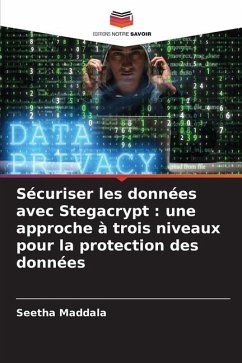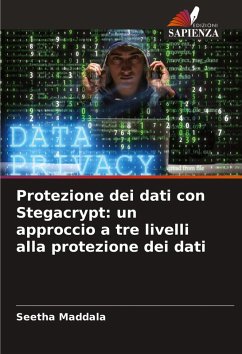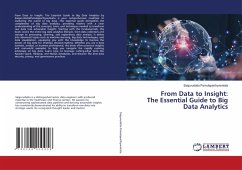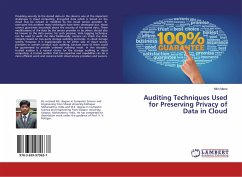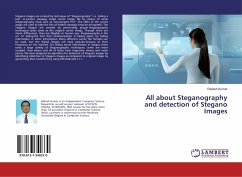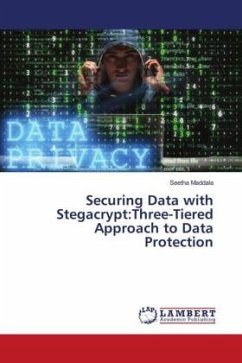
Securing Data with Stegacrypt:Three-Tiered Approach to Data Protection
Versandkostenfrei!
Versandfertig in 6-10 Tagen
29,99 €
inkl. MwSt.

PAYBACK Punkte
15 °P sammeln!
Stegacrypt is a sophisticated data security technique that goes beyond traditional encryption methods. It utilizes a three-tiered approach to safeguard data from unauthorized access and potential breaches.The first tier of the Stegacrypt approach involves encryption. Data is encrypted using robust cryptographic algorithms, making it unintelligible to anyone without the proper decryption keys. This encryption layer ensures that even if an attacker gains access to the data, they cannot understand or extract meaningful information from it.The second tier focuses on steganography, a method of hidi...
Stegacrypt is a sophisticated data security technique that goes beyond traditional encryption methods. It utilizes a three-tiered approach to safeguard data from unauthorized access and potential breaches.The first tier of the Stegacrypt approach involves encryption. Data is encrypted using robust cryptographic algorithms, making it unintelligible to anyone without the proper decryption keys. This encryption layer ensures that even if an attacker gains access to the data, they cannot understand or extract meaningful information from it.The second tier focuses on steganography, a method of hiding data within other harmless-looking files or mediums. Stegacrypt leverages steganographic techniques to conceal encrypted data within innocuous carrier files, such as images, audio files, or documents. This layer adds an additional layer of protection by making the presence of the encrypted data less apparent to potential attackers. The third and final tier of Stegacrypt involves digital watermarking. This technique embeds unique identifiers or markers within the data, enabling the verification of authenticity and integrity.



